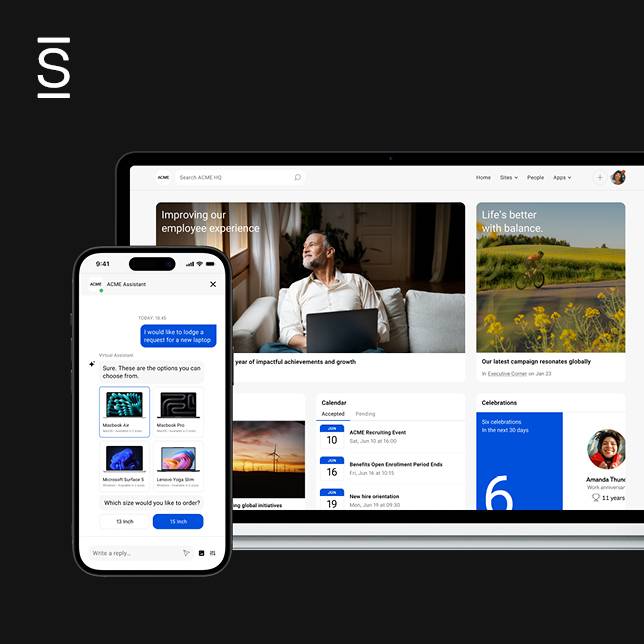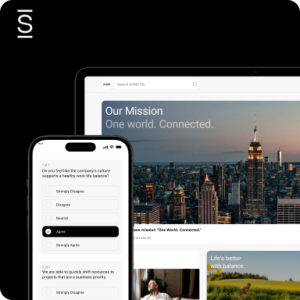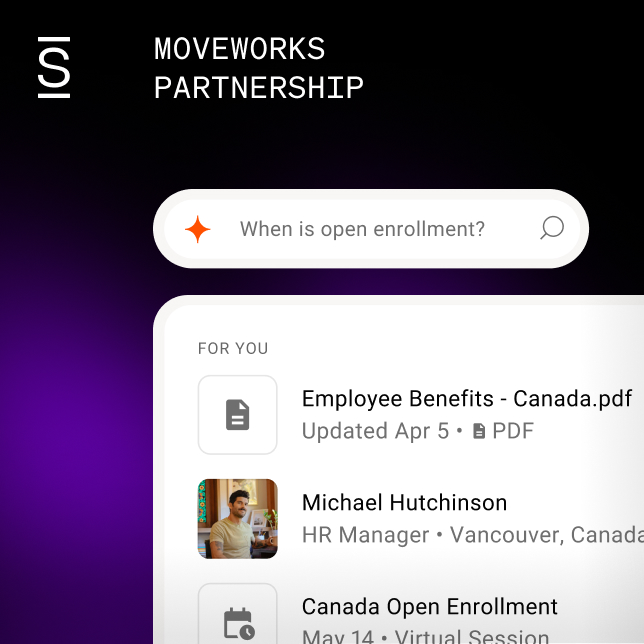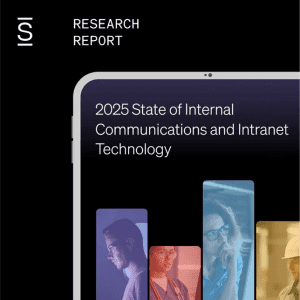There are many lessons to learn from today’s business meltdowns and scandals. Regardless of what industry you’re in, we can all agree that: CEO drama can make or break a company. Take what happened to the Jefferies Bank and how CEO Rich Handler’s messy divorce was laid bare to the world. Add to that the fact that their company’s shares slid by 19%. When you’re the head of a company, every little part of your life is tied to the business.

Best practices for employee engagement: CEO communication
Handler’s response to the fiasco was to talk to his staff — all 3,915 of them — via a monthly CEO message that reiterated their importance to the organization and reminded everyone of the work they did. It certainly helped.
Here’s another lesson: CEO communications matter
According to studies, employees log on to the company intranet specifically to see messages from the CEO. Top-level management messages have a lot of power. But how do you create inspiring, motivating and authentic posts and content?
Best practices for creating CEO content to engage employees
Your intranet should be a platform that supports your company culture, which your CEO symbolizes. Make use of this important technology to reach out to your employees, who should be the focus of your company as its human bottom line.
But how do you create messages that resonate with your staff and motivate them?
Take a look at some of the best practices we’ve put together for CEO communications:
1. Write it yourself
You can have someone help you formulate a message, but the authenticity can only come through if they’re your words. Employees can sense if you didn’t write the copy.
2. Tell your story
There’s the gossip version, the insider version, and then there’s your version of the story. Introduce yourself and take this opportunity to tell it the way you want and to gain sympathy from your staff.
3. Consider using video or audio
If you want full authenticity and a chance to really reach out to your staff, record a video message. It may be one of the best ways to do demonstrate transparency. These technologies are typically quite easy to set up; you don’t have to do a weekly talk show — just five minutes or even less is great.
4. Create a C-suite rotation
Let’s say you and your people managers are too busy to maintain blogs and video posts every week: How about creating a rotation schedule for posting? If you have a large enough C-suite staff, each executive can just be required to create content once a month or so.
5. Ask for comments and feedback
Always end your post with a call to action, which can be as simple as soliciting comments. You can open a comments thread on your intranet, or offer separate channels for internal communication, like an email address or a phone number.
6. Engage your commenters
Once in a while, a brave employee will start the first comment. No matter how short it is, reply in a positive manner to encourage others to comment as well.
7. Use polls and surveys
People don’t want their name attached to a comment or statement on the company intranet or blog. Allow people like this to give feedback through polls and surveys. Make sure the topic is something that concerns employees, like something about HR policies, benefits packages, or even favorite sports teams.
8. Create mentorship posts
While it’s difficult to mentor everyone at the same time, you can always mentor one person, one question at a time. You can answer a question or address an issue you may have overheard at the cafeteria or during a meeting, as long as you request permission from the employee to post their name along with the question.
9. Relate personal anecdotes and stories
CEO communication doesn’t have to be serious business all the time. You can tell a joke, relate a funny travel story, or share something about your family. Creating common experiences or showing your employees that you’re just like them is important.
10. Commend the top performers
When you have a hall-of-fame or a bulletin board for employee of the week, it’s ideal for the CEO to deliver the names and congratulate the winners. This way, everyone knows that you’re monitoring who performs well.
Wondering what messages you can emulate?
Take a look at Richard Handler’s message to the company after his divorce (and resulting company low) to see how you can do damage control and turn around a demoralized workforce.
Here’s the communication that Microsoft CEO Satya Nadella delivered in order to foster a culture of innovation from the time he assumed his post. Note how he used inclusive language and inspirational quotes from history to engage his workforce.
Effective CEO communication can transform company culture and employee engagement when executed thoughtfully and authentically.
See how Simpplr can simplify CEO communication. Request a demo today!

Watch a 5-minute demo
See how the Simpplr employee experience platform connects, engages and empowers your workforce.
- #1 Leader in the Gartner Magic Quadrant™
- 90%+ Employee adoption rate













